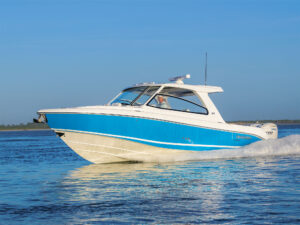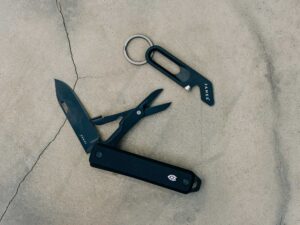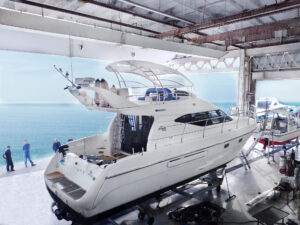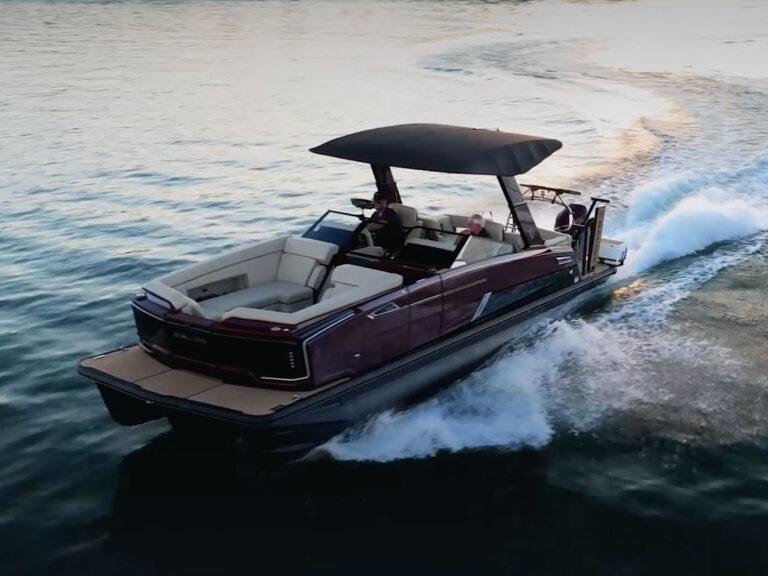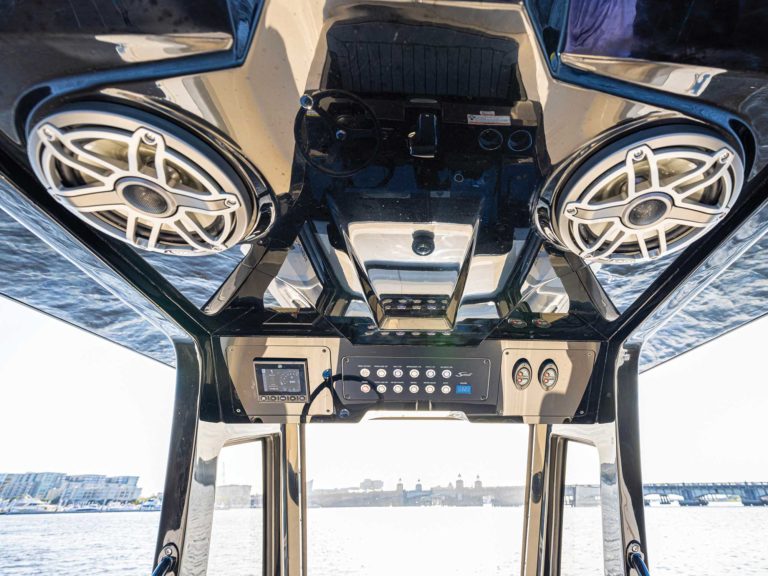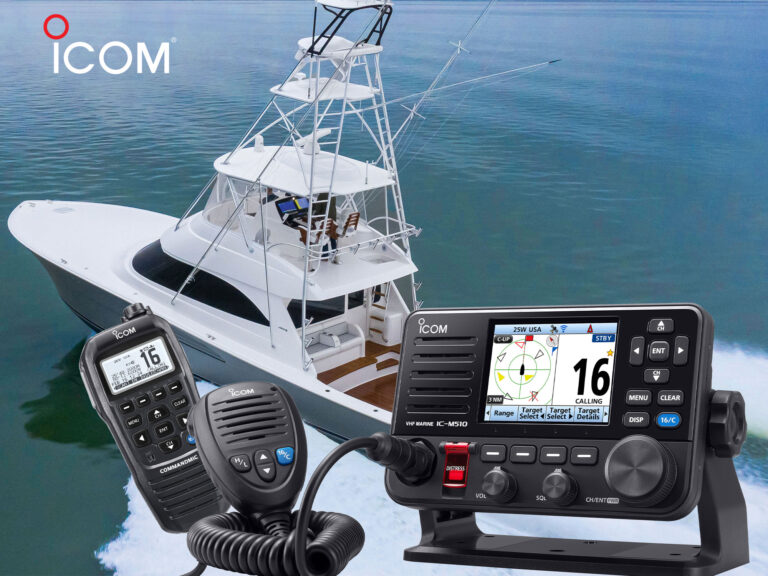
A boat trailer includes a winch that mounts on top of or below the bow stand to wind the boat onto the trailer and help secure the bow eye while towing. When the time comes to replace this essential piece of towing equipment, your buying decision will hinge on a number of factors and preferences, many of which I’ve detailed for you here.
Manual vs. Power Winches
Trailer winches come in basic types: manual versions and electric models. Manual winches are relatively inexpensive and simple to install, but they require human muscle and often the need to wade into the water to crank the handle when loading the boat. A power winch uses 12-volt DC electrical power from the tow vehicle to wind the boat onto the trailer. Not only does it save labor, but it also can keep you dry because some models feature wireless remotes, allowing you to operate the power winch from a dock or dry pavement. Power winches are more complicated to install and require more maintenance inherent with keeping the electrical system operating properly in a wet environment. For more on choices in power winches, visit boatingmag.com/10-things-to-look-for-before-you-buy-electric-boat-trailer-winch.
Capacity Rating
Whether you choose a manual or power winch, it’s critical to select a model with the proper rating to wind your boat onto the trailer. A good rule of thumb is to choose a winch with the same rating as the one that was on the trailer when it was new. For example, my tandem-axle trailer, which carries my 21-foot boat, has a manual winch rated for 2,000 pounds. That is the minimum rating I would consider in replacing it. But if you have made changes to your boat that have added weight—a larger fuel tank, for example—think about upgrading to a model with a higher rating. Power winches general have higher capacity ratings, starting at about 7,500 pounds and ranging upward to 11,500 pounds.
Two Speeds or One
Some manual winches such as the Fulton XLT two-speed trailer winches let you flip a lever to select a higher speed to gather up slack quickly. You can also shift down to a lower speed to engage a gear ratio that makes it a bit easier to wind a boat onto the trailer than when using the higher speed. Single-speed models compromise with one medium-gear ratio for both gathering slack and pulling a boat onto a trailer.
Handle Length
An extended handle on a manual model such as the Fulton single-speed long-handle trailer winch has largely the same effect as a lower-gear ratio in multiplying the power when winding on a trailer. Some models offer adjustable handles. The Fulton XLT has four different handle-length settings to suit your need for winding leverage and to accommodate any clearance issues you might have while turning the handle.
Read Next: Eight Types of Boat Trailer Accessories

Strap vs. Rope
Trailer winches are available with either web straps (made of nylon or polyester) or rope (made of nylon, synthetic material or steel wire, aka cable) with a hook that snaps to the boat’s bow eye. The strength ratings of these are commensurate with the overall rating of the winch you choose. The most popular choice today for manual winches is a web strap, while cable is most prevalent for power winches. If you choose a web strap, make sure it lays flat on the winch spool and does not get caught in the gear teeth and become torn as you crank in the boat. With any kind of rope, make sure it spools on evenly as you wind and does not pile up, create a high spot, and possibly impair your ability to retrieve your boat.
Corrosion Resistance
Finishes for manual trailer winches include painted steel and plated steel. There are also models featuring stainless-steel construction. For freshwater boating, a painted-steel winch will provide many years of service. In salt water, opt for a plated-steel winch such as a Dutton-Lainson with the TuffPlate finish. Most power winches are built to be corrosion-resistant for use in either fresh or salt water.

